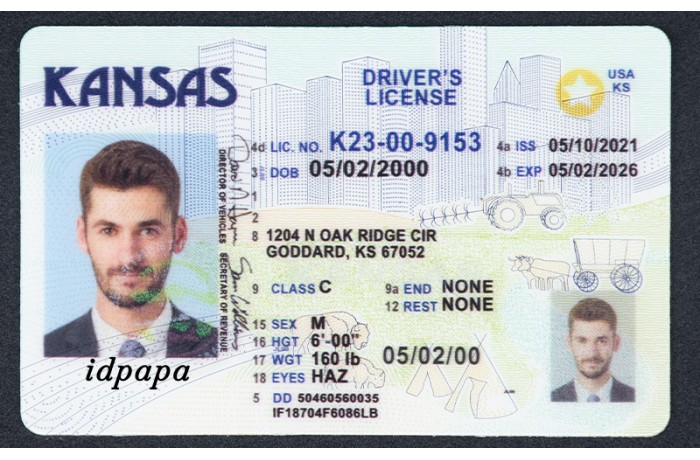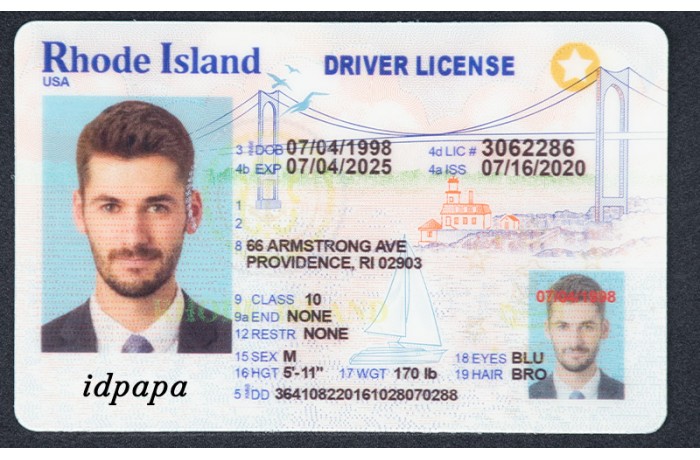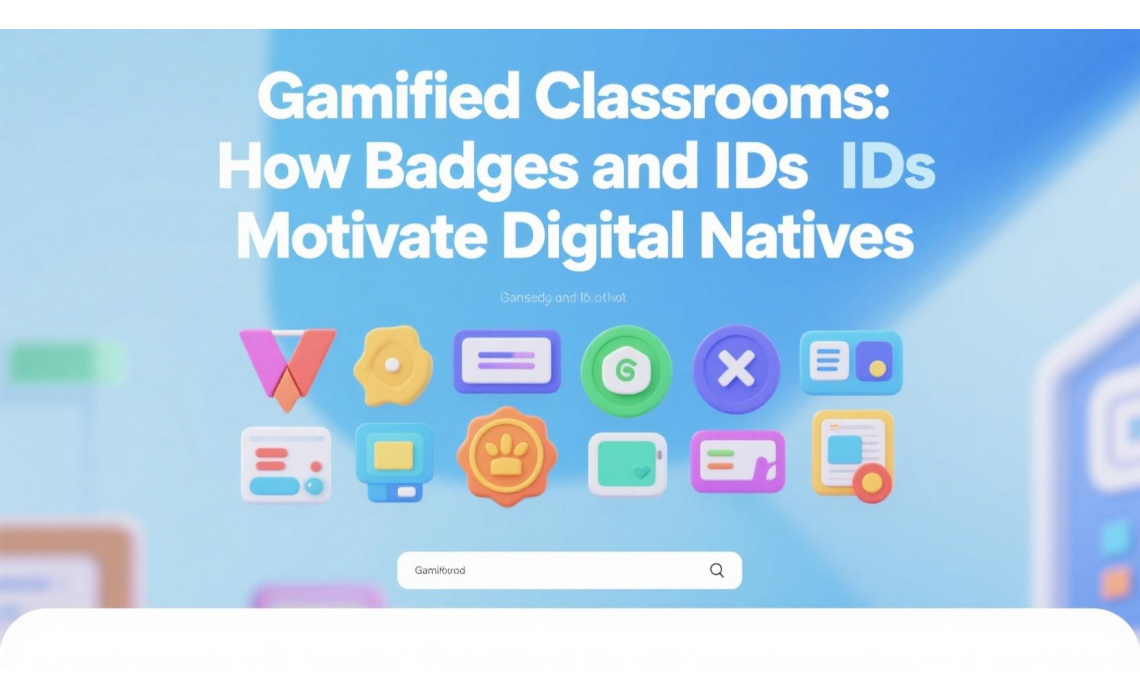Gamified Classrooms: How Badges and IDs Motivate Digital Natives
Gamified Classrooms: How Badges and IDs Motivate Digital Natives

Today’s students—often referred to as digital natives—have grown up immersed in technology, games, and social media. They’re used to instant feedback, reward systems, and immersive experiences. Traditional methods of instruction often fall flat for these learners, but there’s a growing solution that speaks their language: gamification. At the heart of this transformation are digital badges and novelty IDs—simple tools that spark motivation, increase engagement, and turn classrooms into exciting spaces of challenge and achievement.
Understanding Gamification in Education
Gamification refers to the integration of game elements—such as points, challenges, leaderboards, and rewards—into non-game environments like classrooms. When applied thoughtfully, gamification can reshape the learning process. It encourages students to take ownership of their education, fosters healthy competition, and promotes sustained engagement.
Rather than just handing out grades or stars, educators now use custom badges and role-based IDs to represent student progress, achievements, or responsibilities. A badge for completing a math quest or an ID naming a student “Master Problem Solver” provides a sense of identity and accomplishment, much like a player unlocking a level in a video game.
Why It Works: The Psychology of Digital Recognition
The effectiveness of gamification lies in its understanding of motivation. Research shows that recognition and incremental achievement fuel intrinsic motivation. Digital natives thrive in environments where progress is visible and appreciated. A badge labeled “Grammar Ninja” or “Creative Thinker” gives students a goal to pursue and a title to wear proudly—whether physically or in a digital learning environment.
Furthermore, titles such as “Team Leader,” “Code Commander,” or “Eco Expert” create a sense of identity and ownership. These aren’t just rewards; they represent roles and responsibilities that students begin to take seriously. When students see themselves as having a special function in the classroom, participation skyrockets.

Turning Lessons into Missions
Imagine a classroom where the science unit is framed as a mission to become certified “Junior Biologists.” Each lesson completed earns students a part of their badge until they unlock the full credential. Reading becomes a “Literary Quest,” where students earn titles like “Story Explorer” or “Poetry Prodigy.” This approach transforms routine lessons into thrilling experiences. Students are not just completing assignments—they’re unlocking achievements.
Teachers can further enhance this with roleplay. Assigning digital IDs that correspond with classroom duties or projects encourages accountability and collaborative learning. A student working on a group presentation might be given an ID that reads “Lead Researcher,” encouraging them to take their role seriously while enjoying the imaginative boost of having a title.

Fostering Social-Emotional Growth
Beyond academic benefits, gamified systems with badges and IDs support social-emotional learning. As students earn roles or badges, they learn to celebrate others' achievements, wait for their turns, work toward long-term goals, and handle setbacks—all within a positive and playful framework. A classroom that recognizes “Team Players,” “Creative Problem-Solvers,” or “Resilient Thinkers” sends the message that character matters as much as content mastery.
Moreover, gamification allows for differentiated instruction. Students with varying skill levels can earn different badges or take on diverse roles, ensuring that all learners feel seen and valued.
The Digital Advantage: Tracking and Sharing Success
In a connected world, digital badges and IDs can also live online as part of student portfolios, classroom apps, or learning management systems. Parents can view their child’s achievements in real time, and students can look back at their growth over time. Some platforms even allow students to “level up” or unlock extra content, just like in their favorite games.
This tech-savvy approach not only aligns with how digital natives operate but also prepares them for future environments—where digital credentials and self-paced learning are becoming the norm in both education and the workforce.

Final Thoughts: Teaching in Their Language
Gamified classrooms aren’t about turning education into entertainment—they’re about speaking the native language of today’s learners. Badges and novelty IDs order create a structured, rewarding, and highly motivating environment. They help students see learning not as a chore, but as a challenge worth tackling.
By embracing these tools, educators can build classrooms that are more engaging, more inclusive, and ultimately more effective. After all, when students are excited to “level up” in learning, everyone wins.


